Parental
Parental Benefits aim to replace income during the period of inability to work for the period of parental leave as per the Labour Law and the Civil Service Statute.
These benefits are not cumulative with employment income, nor are they cumulative with each other.
To receive these benefits, the worker must be registered in the contributory social security regime and fulfil the conditions for access.
Parental Subsidies
- Maternity Subsidy
- Paternity Subsidy
- Adoption Subsidy
- Medical risk subsidy during pregnancy
- Termination of pregnancy Subsidy
Maternity, Paternity and Adoption Subsidies are a daily subsidy granted to the working mother or father for the birth of a child or children or in the case of adoption of a child under 15 years of age, during the period of impediment to the exercise of labour functions, and who meet the conditions for access to the Subsidy.
The Clinical Risk Subsidy during pregnancy is a social benefit granted to the working mother, who fulfils the conditions for access to the Subsidy, in situations where there is a medically certified clinical risk for the pregnant worker or for the unborn child, which prevents her from carrying out her work.
The Pregnancy Termination Benefit is a social benefit granted to a working mother who fulfils the conditions for access to the benefit and who has suffered a termination of pregnancy that prevents her from working.
Invalidity
Invalidity pensions are monthly social benefits in cash and are intended to replace the loss of income from work in situations of permanent incapacity for work, and thus guarantee a dignified life for disabled workers.
Invalidity is considered to be any permanent incapacitating situation, of professional or non-professional cause, determining physical, sensory or mental incapacity. Any situation of invalidity must be certified by the disability verification system. The degree of permanent incapacity determines whether the invalidity is relative or absolute.
It is absolute invalidity when the existing permanent invalidity situation applies to any occupation or work, and the worker has no remaining earning capacity. He/she is not expected to regain any earning capacity until the legal age of access to the old-age pension. This pension cannot be accumulated with income from work.
It is relative invalidity when the existing permanent invalidity prevents the worker from receiving in his profession more than one third of the remuneration corresponding to the normal exercise, and it is presumed that he will not recover, for a period of at least 3 years, the capacity to receive in the performance of his profession more than 50% of the normal salary. This pension may be combined with income from employment provided that the sum of the two does not exceed:
- the amount of the reference remuneration taken into account for calculating the pension, where this is combined with income from a job in the same profession as the beneficiary was working in at the time of invalidity;
- 2 times the amount of the reference remuneration taken into account for calculating the pension, where this is accumulated with income from work in a profession other than that which the beneficiary was pursuing at the time of invalidity.
Example: A restaurant worker is diagnosed with a health problem that prevents him from standing for long hours. As he is unable to work under his previous conditions, his pay is reduced. Once his relative invalidity has been certified, he supplements his income from work with a relative invalidity pension.
Invalidity pensions are available under the contributory (absolute and relative) and non-contributory (absolute) social security regimes. The social security system protects situations of permanent incapacity for work:
The Social Security system protects situations of permanent incapacity for work:
- citizens who have worked and paid contributions to the general social security system, regardless of the sector of activity - absolute disability pension and relative disability pension.
- to State workers who have completed working time during the period of validity of the transitional social security regime and during the period of validity of the general contributory regime - absolute invalidity pension and relative invalidity pension.
- to nationals not covered by the contributory regime - social invalidity pension (absolute).
Old-Age
The old-age pension is a social benefit in cash and is intended to replace the loss of income from work due to old-age retirement, and thus guarantee a dignified life for the elderly. The minimum age legally set for access to the old-age pension is currently 60 years.
The old-age pension is available under the contributory and non-contributory social security regimes.
- Under the contributory social security regime, the old-age pension can be accumulated with income from work.
- However, in the case of workers employed by the State, payment of the pension is suspended for as long as the workers remain in employment with the State.
- In the non-contributory social security regime, the old-age social pension cannot be accumulated with income from work or any activity.
The social security system protects the situation of old age:
- citizens who have worked and paid contributions to the general social security system, regardless of the sector of activity - old-age pension
- to State workers who have completed working time during the period of validity of the transitional social security regime and during the period of validity of the general contributory regime - old-age pension
- The State workers who, on the day the general social security regime came into force, already met the eligibility conditions for access to the old-age pension under the transitional regime but did not request it and continued working ( they are exclusively covered by the transitional social security regime)
- to nationals not covered by the contributory regime - old-age social pension.
Death
Death benefits are intended to protect the contributing worker in the event of death by compensating family members for the loss of family income resulting from the worker's death.
Death benefits include the Survivors’ Pension and the Death Benefit (or reimbursement of funeral expenses).
Death benefits are only available under the contributory social security regime.
The Death Benefit is a one-off cash benefit paid to the employee's family members in the event of the employee's death, who fulfil the conditions for access to the benefit.
The purpose of the Subsidy is to compensate for the increased burden resulting from the death of the employee and to facilitate the reorganisation of family life.
The reimbursement of funeral expenses is a one-off cash payment to the person who proves to have incurred the employee's funeral expenses, in the event of a lack of holders of the employee's death benefit.
The survivors’ pension under the general contributory regime is a monthly pension paid to the family members of a worker (contributor) in the event of the death of a worker who has fulfilled the conditions for access to the pension.
The family members of deceased workers are entitled to this pension:
- who have worked and paid contributions to the general social security system, regardless of the sector of activity.
- who worked for the State and completed working time during the period of validity of the transitional social security regime and during the period of validity of the general contributory regime.
The Social Security Portal was supported by the International Labor Organization (ILO) within the framework of the GIZ and ACTION/Portugal projects
Last update:02/02/2024






